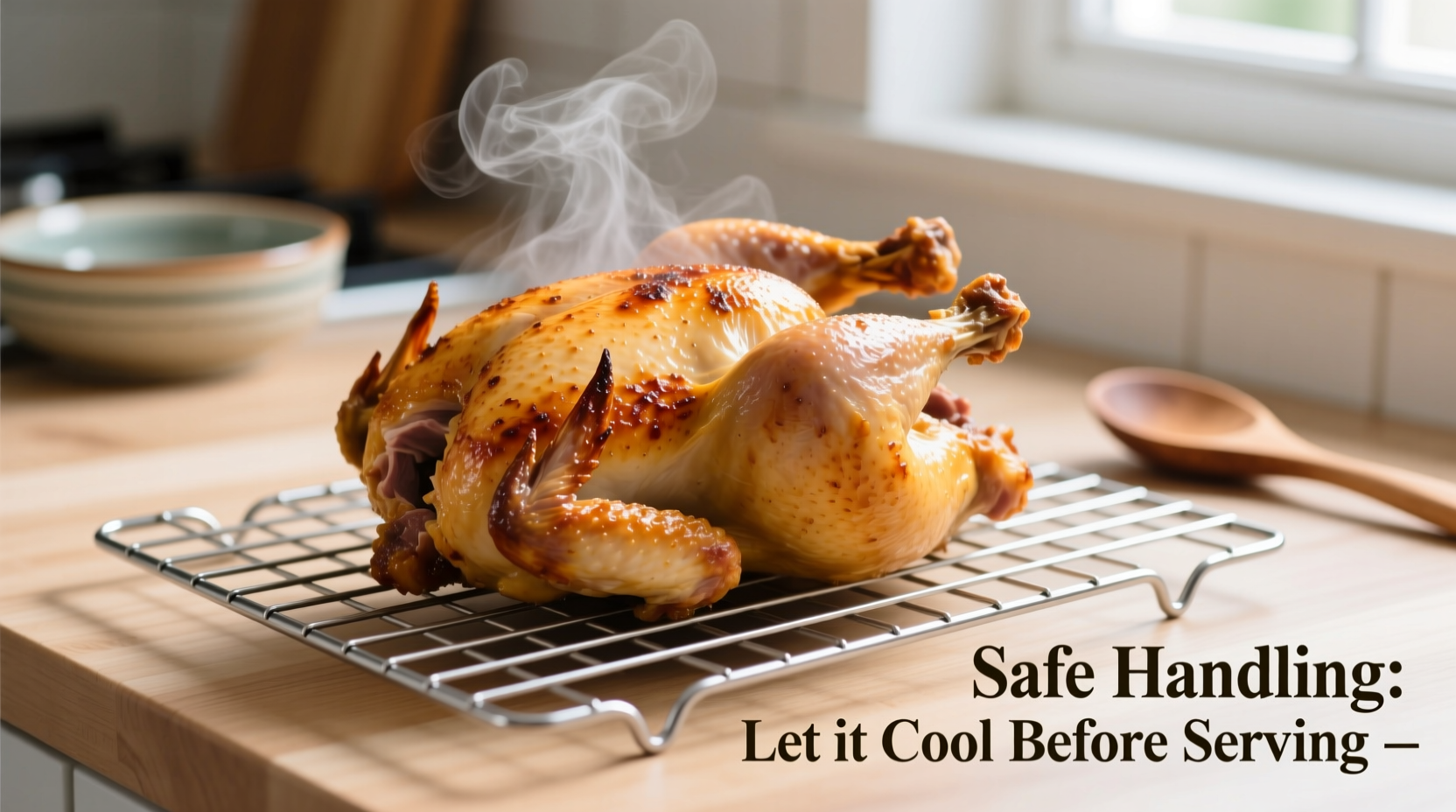Food safety isn't just about taste—it's your first line of defense against foodborne illness. That leftover roasted chicken sitting on your counter? It's entering the "danger zone" where bacteria like Salmonella and Staphylococcus multiply rapidly. Understanding the precise time limits protects your family from preventable illness. Let's break down exactly when that delicious meal becomes a health hazard.
Why the 2-Hour Rule Exists: Science Behind Food Safety
Cooked chicken provides the perfect breeding ground for pathogens between 40°F and 140°F (4°C–60°C). Within this temperature range, bacteria double every 20 minutes. After 2 hours, bacterial counts can reach levels that cause severe food poisoning—even if the chicken looks and smells normal.
| Temperature Range | Maximum Safe Time | Common Scenarios |
|---|---|---|
| Below 90°F (32°C) | 2 hours | Indoor dining, air-conditioned spaces |
| Above 90°F (32°C) | 1 hour | Cars, picnics, summer patios, hot kitchens |
| Below 40°F (4°C) | 3–4 days | Refrigerated storage |
This critical timeframe comes directly from the USDA Food Safety and Inspection Service, which monitors real-world foodborne illness outbreaks. Their data shows 70% of poultry-related incidents occur due to improper temperature control during the "holding" phase—exactly when your cooked chicken sits out.
When the Rules Change: Critical Context Boundaries
While the 2-hour standard applies to most situations, these factors require immediate refrigeration:
- Humidity levels above 60%: Moist environments accelerate bacterial growth (common in coastal areas or rainy seasons)
- Direct sunlight exposure: A plate on a sunny windowsill can reach 105°F within 30 minutes
- Cut or shredded chicken: Increased surface area allows faster contamination than whole pieces
- Mayonnaise-based dishes: Chicken salad requires stricter 1-hour limits even at 70°F
During summer months, the Centers for Disease Control reports a 40% spike in poultry-related food poisoning cases directly linked to extended outdoor serving times.
What to Do When Time's Up: Practical Damage Control
If your chicken exceeds the safe window, don't gamble with "just a few extra minutes." Follow this protocol:
- Discard immediately if left out over 2 hours (or 1 hour in heat)
- Never taste-test to check safety—pathogens aren't detectable by smell
- Wash contaminated surfaces with hot, soapy water for 20 seconds
- When in doubt, throw it out—no meal is worth a hospital visit

Maximizing Safety: Smart Storage Techniques
Proper cooling prevents bacterial growth during the critical transition period:
- Slice thick cuts: Divide whole chickens into portions for faster cooling
- Shallow containers: Store in containers no deeper than 2 inches
- Ice baths: Submerge sealed containers in ice water before refrigerating
- Thermometer check: Confirm internal temperature drops below 40°F within 2 hours
Refrigerated cooked chicken remains safe for 3–4 days. For longer storage, freeze portions within 2 hours of cooking—properly wrapped chicken maintains quality for 4 months.
Recognizing Danger Signs (Even Within Time Limits)
Sometimes spoilage occurs prematurely. Discard chicken showing:
- Slippery or sticky texture
- Grayish-green discoloration
- Sour or ammonia-like odor
- Visible mold spots
Remember: These signs may not appear until bacterial levels are dangerously high. Time monitoring remains your most reliable safety tool.











 浙公网安备
33010002000092号
浙公网安备
33010002000092号 浙B2-20120091-4
浙B2-20120091-4